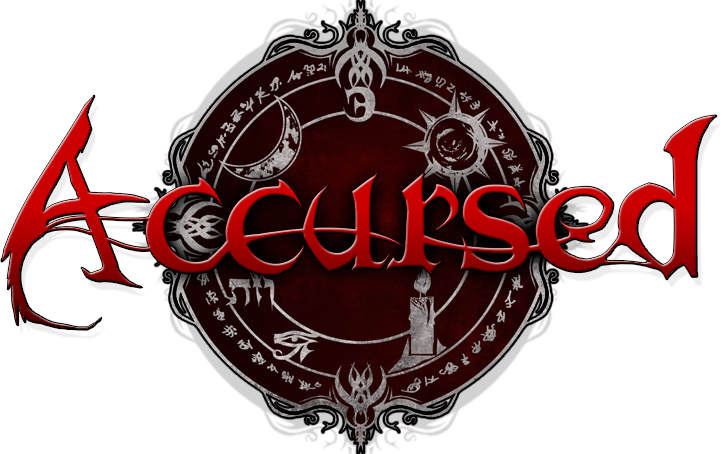I've lived with the sea my whole life, just like my father and his father and his father before him. I've done everything a man can do in this world on the sea. I hunted sabreback whales in the cold waters north of Steppengrad. I sailed under the flag of Manreia against the black thieves of Port Sorrow. I won and lost a dozen fortunes before I was thirty years old, and I have no regrets. Life is simpler out here, better, healthier. Even before the Witches came, a life at sea was preferable to that of a life trapped on the land. On the sea there's the swell and the tide, the wind and the waves, and good, honest seamen. There are no lawyers or bailiffs or bums come to take you to a sponging house over the sum of a few pennies. No land sharks to trick you out of your money, nor wives or in-laws either. It's a good life. Hard at times, sure, and dangerous, but it's worth it to be free.
The Discordian Sea is the capricious, constantly changing, largely unexplored ocean that marks Morden's western borders. Inshore, it is a relatively shallow body of water, typically around seventy or eighty fathoms and rarely deeper than a few hundred, with a craggy, rock-strewn bottom largely composed of gray sand shell shards. Spanning most of the hemisphere, the sea varies in climate and temperament from the choppy, ice-choked bays in the far north off the coast of Steppengrad to the calm, clear bathwater of Hyphrates' Bay of Parnath. Beneath its turbulent surface live a dizzying array of creatures from schools of common and benign fish to the dangerous sabreback whales of Steppengrad to larger, more dangerous things from the black depths such as armored, evil-tempered sea serpents and giant, multi-limbed kraken.
The sea is littered for hundreds of miles from the shores of Morden with countless atolls, archipelagos, and solitary islands, the majority of which remain uncharted. Those that have been explored differ wildly in their size, shape, climate, and inhabitants. Many are uninhabited, home only to scrub, sea oats, coconut palms, and the occasional colony of cattle, swine, or goats left by passing ships. Others are largely uninhabitable due to climate, volcanoes, gas vents, or other hazards. Pirates, smugglers, wealthy plantations, and various stripes of societal dropout inhabit others. One of the more famous inhabited inshore islands is Port Sorrow, located off the coast of Manreia. Port Sorrow is part smuggler's den, part refugee camp, part pirate haven, and part massive commercial shipyard. It's a dangerous and desperate place where thousands of displaced Mordens live in constant danger and abject poverty under the thumb of a collection of powerful criminal organizations. Very few of the other islands have been charted, especially those further from land, and especially now in the aftermath of the Great War, few official efforts at exploration and colonization are being undertaken.
Each of the nations of Morden that border the Discordian Sea – Steppengrad, Manreia, Hebron, and Hyphrates – has a long maritime tradition based on local and overseas trade. The sea lanes all along the coast are crammed with shipping carrying goods from port to port, a practice that has gone relatively uninterrupted even through the Bane War. Limited trade is also carried on with the far away countries of Nordheim and the Sakurada Shogunate. These mysterious lands lie across the ocean, and few men have successfully traveled to them. What few official naval forces exist are largely small, rag-tag affairs consisting of small fleets of national ships shored up with hired civilian vessels and privateers. These fledgling navies are mainly used to defend the shipping lanes from pirates and commerce raiders. Manreia and Steppengrad had, before the invasion of the Witches, been developing more professional national navies, but the War put a stop to that long ago.

No comments:
Post a Comment